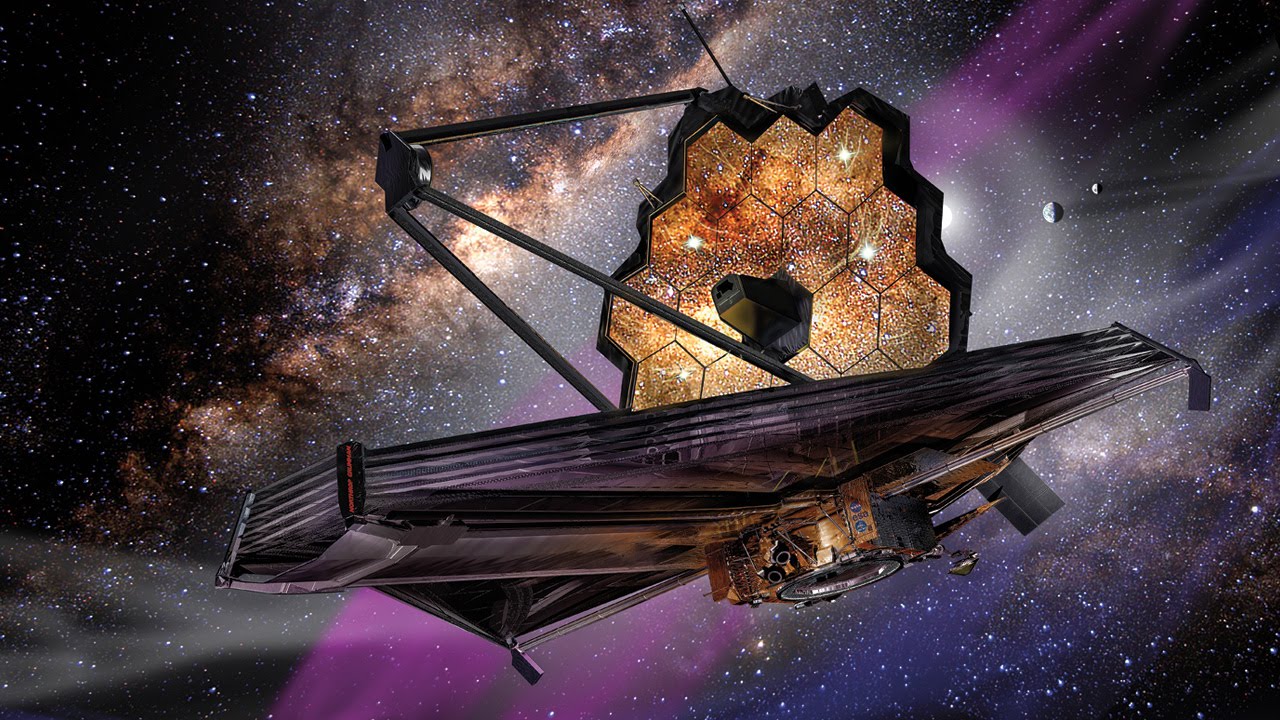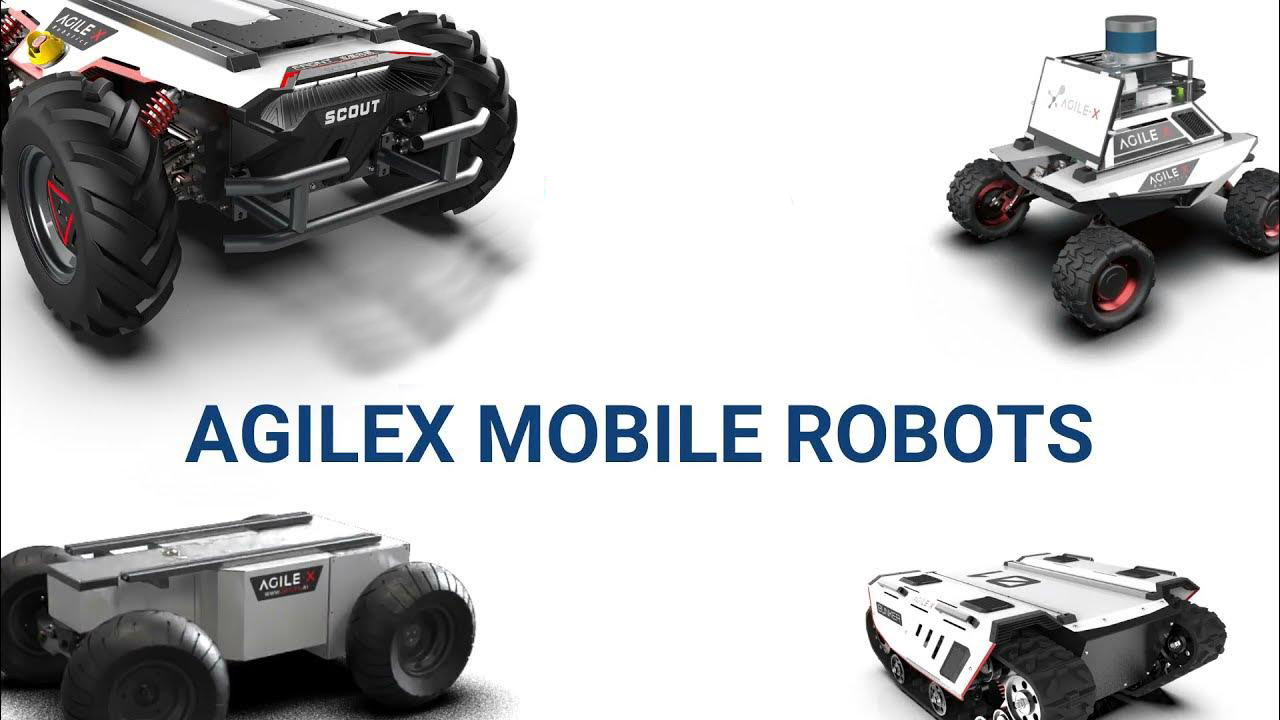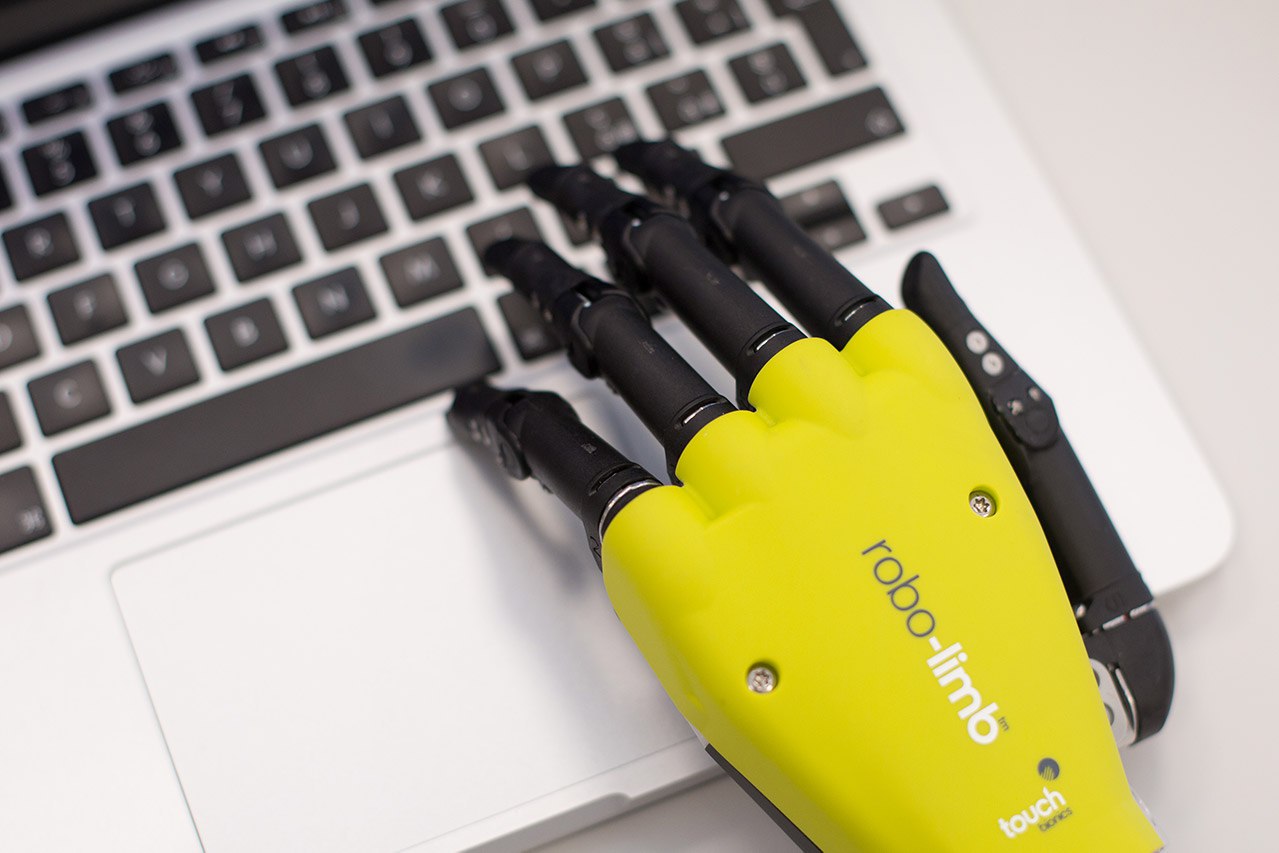Astronomers have discovered an exceptionally large supermassive black hole that existed just 700 million years after the Big Bang. Located in a quasar, an active galactic nucleus that surrounds giant black holes, this behemoth clocks in at a staggering 40 million solar masses. Its existence at such an early cosmic epoch defies current theories.
Researchers detected the ancient quasar thanks to a chance alignment with a gravitational lens - a massive galaxy cluster that bent and amplified the light from this distant object. Analysis of its light signature confirmed that the quasar hosts an unusually overweight central black hole. Current models posit that supermassive black holes in the early universe should only account for 0.1% of their host galaxy's stellar mass. Yet this titan outweighs its entire galaxy by at least a factor of ten.
While several other overweight infant black holes have been spotted, astronomers remain puzzled over how these objects grew so massive so quickly after the Big Bang. This discovery adds a new wrinkle into our understanding of the early cosmos and the evolution of supermassive black holes over cosmic time. As researchers continue probing the universe's formative years with new instruments like the James Webb Space Telescope, they may uncover more surprises that overhaul accepted theories of black hole growth.


















